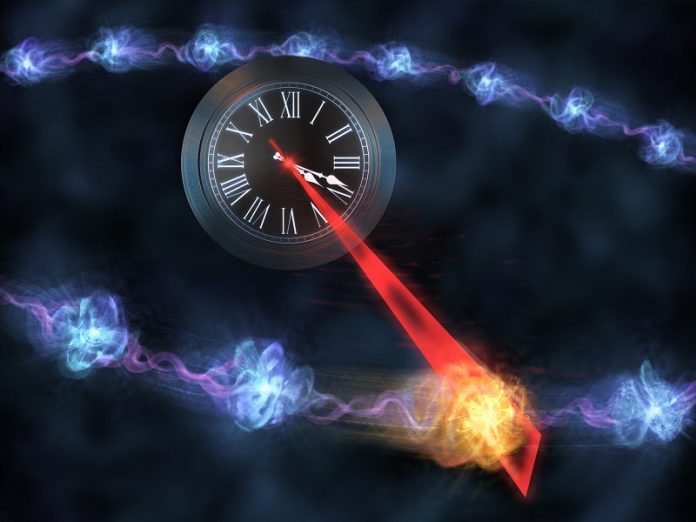
Scientists have found a surprising new way to make clocks much more accurate without using a lot more energy.
This breakthrough could change the future of super-precise timekeeping—and it also gives us new clues about how the strange world of quantum physics connects with everyday rules like thermodynamics.
The research, published in Nature Physics, comes from an international team including scientists from TU Wien (Vienna University of Technology), Chalmers University of Technology in Sweden, and the University of Malta.
Their discovery focuses on how the quirky behavior of quantum particles can be used to measure time more efficiently.
We already use quantum technology in atomic clocks, which are some of the most accurate timekeepers in the world.
These clocks rely on the vibrations of atoms to mark the passage of time. But there’s a catch: even in quantum physics, there’s always some uncertainty or randomness.
To make a clock more accurate, you usually have to use more energy—and that energy creates more disorder, or “entropy,” in the universe. Until now, it seemed that if you wanted to double a clock’s precision, you’d need to double the energy.
But this new study changes that view. The researchers found that by using two different time scales—similar to how a clock has both a second hand and a minute hand—they could dramatically increase accuracy without needing nearly as much extra energy.
Professor Marcus Huber from TU Wien explains that every clock needs two things: a time signal, like a pendulum swing or an atom’s vibration, and a counter that keeps track of how many times the signal has occurred.
For the clock to be useful, something in it must change in a way that can’t be reversed—this is what creates entropy.
The clever trick in this new approach involves using quantum particles that can move across a clock-like structure without being measured or disturbed. In quantum physics, particles can be in more than one place at once until they’re measured.
This “quantum transport” allows a particle to travel invisibly, so to speak, and doesn’t create entropy. Only when the particle reaches the end and is finally measured does it cause a change that increases entropy.
By combining this fast, entropy-free quantum motion with a slower, entropy-producing step—like a second hand triggering the movement of a minute hand—the researchers found they could achieve much greater precision than anyone expected. In fact, the increase in accuracy grows exponentially compared to the increase in entropy.
Even better, the team says this method could be tested with current technology, such as superconducting circuits, which are already used in advanced quantum experiments.
This discovery not only pushes the limits of how precisely we can measure time but also helps scientists better understand one of the biggest mysteries in physics: how the strange laws of the quantum world fit together with the everyday laws of thermodynamics.
It’s a big leap forward in the science of quantum measurement and could open new doors for future technologies.
Source: KSR.



